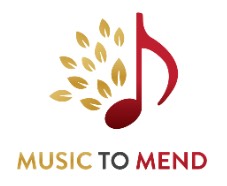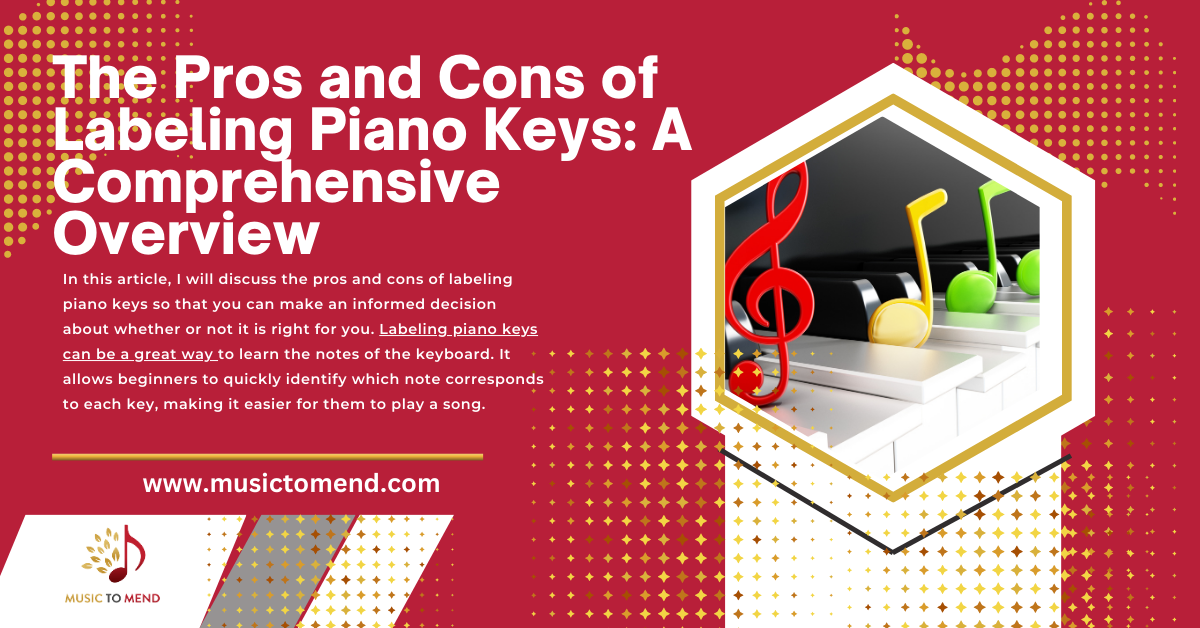The Pros and Cons of Labeling Piano Keys: A Comprehensive Overview
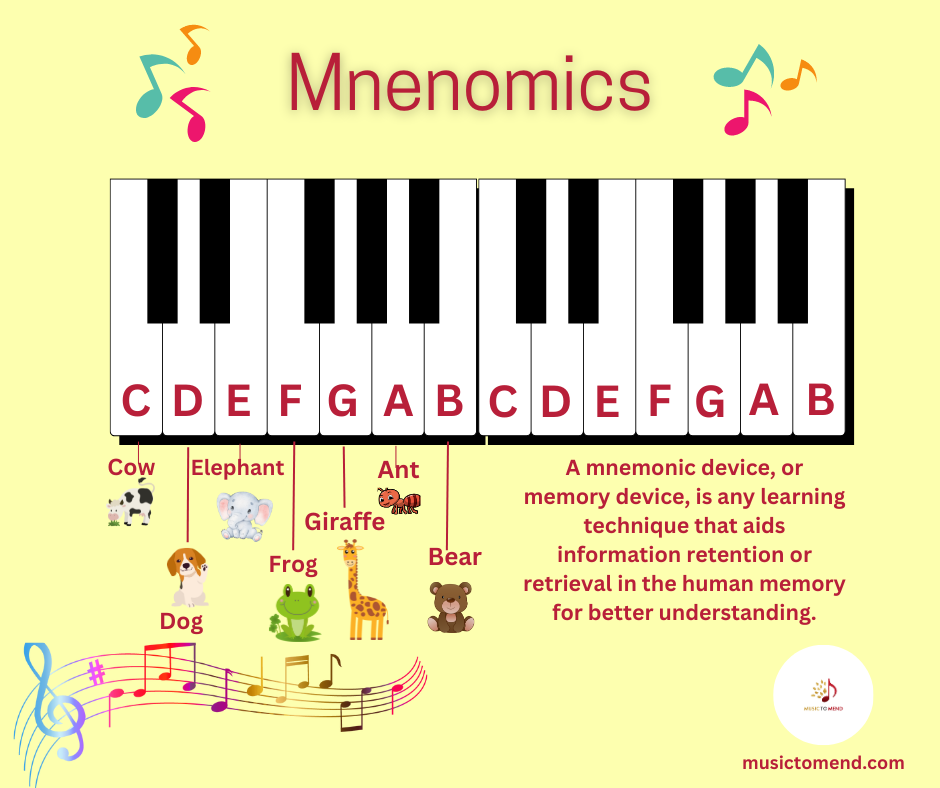
In this article, I will discuss the pros and cons of labeling piano keys so that you can make an informed decision about whether or not it is right for you. Labeling piano keys can be a great way to learn the notes of the keyboard. It allows beginners to quickly identify which note corresponds to each key, making it easier for them to play a song. Labels can also help experienced players remember difficult passages or pieces of music. However, labeling piano keys also has its drawbacks and should be considered carefully before taking this step.
Pros of Labeling Piano Keys
Labeling piano keys is an effective way to help beginners learn music faster. Labeling the musical notes on the keys helps them quickly identify and remember the notes, which makes learning easier. It also helps them develop their sight-reading skills, as they can easily recognize and play a piece of music without having to look at the sheet music.
Color coding keys on a piano is another great way to label piano keys. This helps beginners instantly recognize notes and chords by their color, making it easier for them to learn and memorize music faster. With labeled musical notes, beginners can quickly master playing the piano with confidence.
Cons of Labeling Piano Keys
Labeling piano keys can be a useful tool for beginner players but can also have some drawbacks. It is important to consider the cons of labeling piano keys before making a decision about whether or not to use this method. The main disadvantages of labeling piano keys include the potential for memorization over learning notes on the keyboard and potential confusion when switching between instruments. Labeling piano keys can also limit creativity and expression and lead to a lack of understanding of music theory.
What Are The Different Types Of Piano Key Labels?
Piano key labels are an important tool for learning how to play the piano. They can help you identify notes and chords quickly and easily without having to memorize them. There are a variety of different types of piano key labels available, ranging from colored labels to adhesive labels, silicone strips, and paper labels.
What Are the Benefits of Using Mnemonics Instead of Labels for Playing Piano?
Mnemonics can be a great tool for learning how to play the piano. Replacing labels with mnemonics makes it easier to remember the notes and chords on the keyboard, which can help improve your playing skills. Mnemonics also help you focus on the music rather than memorizing labels. Additionally, mnemonics make learning and practicing more enjoyable, allowing you to create stories or visualizations associated with each note or chord. You can become a better musician in less time by using mnemonics instead of labels while playing piano.
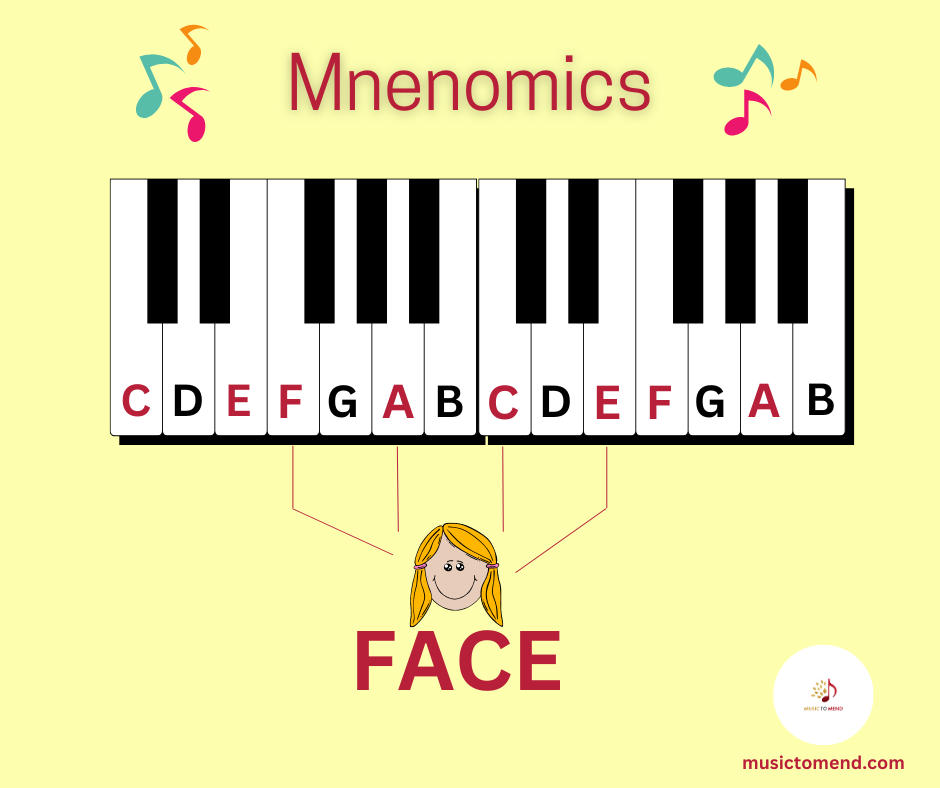
Labels on piano keys are a helpful tool for beginners to learn how to play the instrument. They help players identify which note they should be playing and can be used as a reference point when practicing. However, some experienced players prefer not to use them as they can limit creativity and hinder the development of muscle memory. Labeled keys also make it harder for players to move their hands around on the keyboard, which is essential for more advanced pieces.
Tips on How to Properly Apply Labels to Avoid Damage
Labeling a piano or keyboard is important to keep it in good condition. Labels help identify the keys and provide information about the instrument. However, applying labels incorrectly can cause damage to the surface of the instrument. To avoid any potential damage, applying labels when labeling a piano or keyboard properly is important. Here are some tips on how to properly apply labels in order to avoid damage:
1) Make sure you use the right label for your instrument – some materials are more suited for certain labels than others.
2) Choose labels that are easy to read and not too distracting – this will help keep your instrument looking neat and organized.
3) Use a soft cloth or brush when applying labels – this will help protect the surface from scratching during application.
4) Apply pressure evenly when attaching labels to ensure that they stick correctly and don’t come off easily.
5) Remove labels once you’ve memorized the names of the keys; if you don’t remove the labels, they will start to peel off and become ineffective.
Mnemonics are an effective way to remember information, and creating your own mnemonics can help you learn more quickly. Whether you’re trying to memorize the notes on a piano keyboard or any other kind of information, developing your own mnemonics can be a great way to improve your memory.
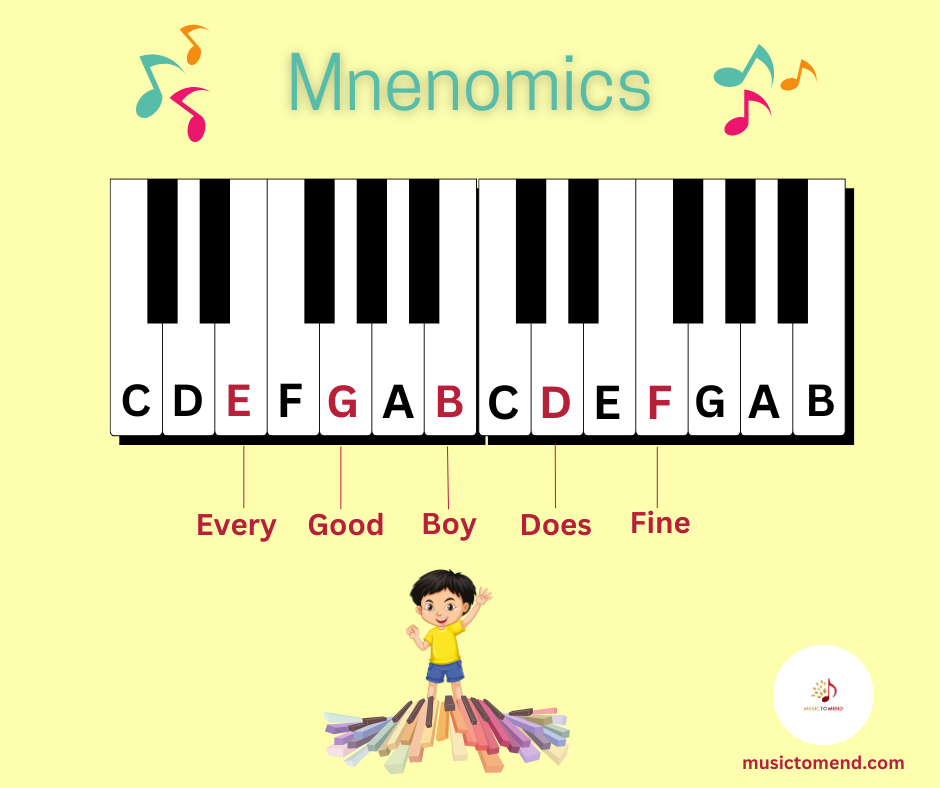
ES_Amber-Pull-Trevor-Kowalski
In summary, my personal preference is not to use labels on the piano. But, if using labels is the best memorization option for you, then you should do it. Just remember that your ultimate goal is to memorize the notes and names of the keys, and at some point, the labels on the piano need to come off. Labeling your piano keys shouldn’t be looked at as a long-term aid. The main thing is to start learning to play the piano for your health and wellness journey. I hope you found this article helpful and are eager to learn the piano keys’ names.
